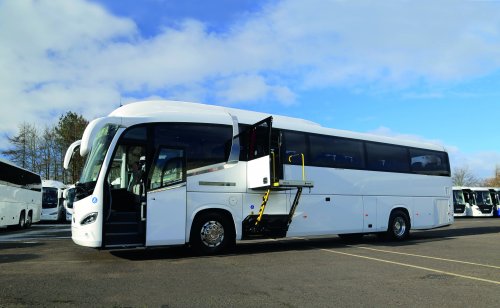
Jonathan Welch speaks to accessibility campaigner Doug Paulley about what makes an accessible journey
Accessibility is a huge topic, and means different things to different people. It’s maybe even something that few people give much thought to, even those who benefit from it, especially now that low-floor buses are the norm for local services. Most people probably don’t even notice the accessibility features built into a modern bus, even less so a coach unless the wheelchair lift is deployed, and yet those same features make journeys easier for thousands of travellers per day. Public transport is probably more accessible now than ever before – especially coaches and buses, where there is always guaranteed to be a driver close at hand to supervise boarding and alighting and offer assistance when needed. But that’s not to say things are always perfect.
[…]
By subscribing you will benefit from:
- Operator & Supplier Profiles
- Face-to-Face Interviews
- Lastest News
- Test Drives and Reviews
- Legal Updates
- Route Focus
- Industry Insider Opinions
- Passenger Perspective
- Vehicle Launches
- and much more!


